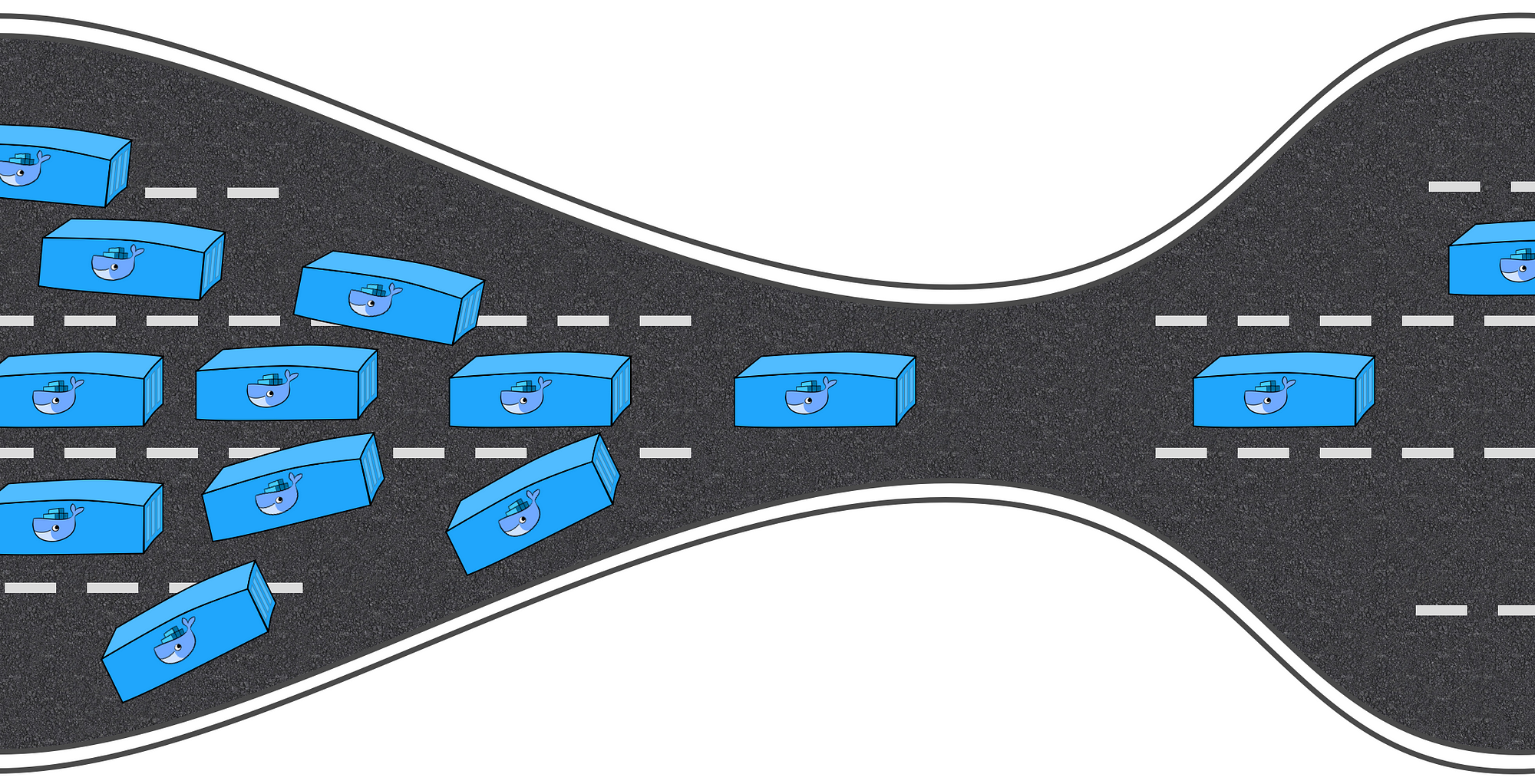How To Get A Better Disk Performance In Docker For Mac
I’ve removed the container, image, volumes, etc. Disk usage is still 9.8GB. I’ve had to remove the file to make my system responsive again. (I’m on an older 2011 MacBook Air with 128GB disk). Any progress on this? Docker-for-Mac is unusable for me like this. You’ll get a better understanding of how Docker works in general and on OS X specifically. Plus, if you decide to dig deeper into Docker on your Mac, you’ll be saved hours of troubleshooting. Don’t say I never gave you nothing.
Expected behavior Some setting describing where on my host I can see location of resources used by the application - like Images, Containers. Give me an idea what/where they are using on Disk.

Actual behavior While there are artifacts here Library/Containers/com.docker.docker - there is no explanation of what is what and quite frankly, would like to understand why Docker.qcow2 is 16Gb - yet I have no Images loaded or containers. We run Macs with SSD’s and disk space is expensive or non-existent. So, I like things today, I like to be in control. Information OS X: version 10.11.4 (build: 15E65) Docker.app: version v1.10.3-beta5 Running diagnostic tests: [OK] docker-cli [OK] Moby booted [OK] driver.amd64-linux [OK] vmnetd [OK] lofs [OK] osxfs [OK] db [OK] slirp [OK] menubar [OK] environment [OK] Docker [OK] VT-x Docker logs are being collected into /tmp/20159.tar.gz. Your unique id in bugsnag is: 99662941-FBFC-43FD-810E-A2F75EDBF85A Please quote this in all correspondence. Steps to reproduce the behavior • •.
After creating and removing many images my Docker.qcow2 becomes very large. I found a solution how to shrink it. Timeline excel project template free planning chronology for mac. It creates new image based on the old and reduces unused space. This works for me: cd ~/Library/Containers/com.docker.docker/Data/com.docker.driver.amd64-linux /Applications/Docker.app/Contents/MacOS/qemu-img convert -O qcow2 Docker.qcow2 Docker2.qcow2 mv Docker2.qcow2 Docker.qcow There is also “-c” switch which adds compression to the image but my docker daemon is not able to run with it.
Although qemu-img command can shrink the Docker.qcow2 file size, but not help too much. Because after removing docker image files, the unused garbage images still remain in the ext4 file system under Docker.qcow2, and these garbage contents resided in ext4 file system cannot be swept away merely executing qemu-img command. To clean the garbage, one should tend to fill zero bytes in the free space of ext4 file system, and only then could Docker.qcow2 be reduced by qemu-img command.
Hand hygiene information Hand hygiene is the most important intervention for preventing HAIs. Resources include: Hand hygiene solutions available from the Center for Transforming Healthcare; The monograph on Measuring Hand Hygiene Adherence: Overcoming the Challenges. Joint Commission Content. The most important thing you can do for your patients Performing good hand hygiene is the most important thing you can do for your patients. Amanda Perkins is an Assistant Professor of Nursing at Vermont Tech in Randolph, Vt., and a Nursing made Incredibly Easy! Editorial Board Member. The CDC Guideline for Hand Hygiene in Healthcare Settings [PDF – 1.3 MB] recommends:. When cleaning your hands with soap and water, wet your hands first with water, apply the amount of product recommended by the manufacturer to your hands, and rub your hands together vigorously for at least 15 seconds, covering all surfaces of the hands and fingers. HAND HYGIENE Best Practices for 2006. By Carolyn Twomey, RN. Most of us don’t doubt the importance of handwashing in establishing good hand hygiene. The biggest disconnect in what is best practice and what we actually do comes in being handwashing compliant. A second factor is the type of active ingredient in the handwashing product we use. Hand hygiene on flowvella for mac. Practicing hand hygiene is a simple yet effective way to prevent infections. Cleaning your hands can prevent the spread of germs, including those that are resistant to antibiotics and are becoming difficult, if not impossible, to treat. On average, healthcare providers clean their hands less than.
By: Lora Johnson Enterprises requiring more dynamic and resilient environments to support modern applications and microservices often turn to container technologies like Docker for its agility and flexibility. The ease with which teams — development, automation and DevOps — can leverage container technologies makes it difficult to gain enterprise-level visibility into infrastructure resource use and consumption, especially in siloed organizations. Enterprise administrators are challenged to support volatile new technologies, like Docker, yet maintain consistent service levels across the entire environment. With the new, you can garner control across the data center and bring intelligence over container instances and architecture, all while supporting the need for DevOps to innovate and deploy services quickly.
There are many various improvements you can make to Docker for Mac to fine-tune performance, especially when working with large application filesystems such as those with Magento or Zend Framework. Step 1: Computer, Cores & RAM I'm absolutely resolved that a dual-core machine with 8GB RAM will just simply not cut it. My MacBook Air just spins fans, and fswatch events get delayed or stop working just because there is not enough computing power to go around. Once you have (at the very least) a quad-core MacBook Pro with 16GB RAM and an SSD, go to Docker > Preferences > Advanced. Set the 'computing resources dedicated to Docker' to at least 4 CPUs and 8.0 GB RAM. Step 2: Docker Disk Type Next, go to Disk settings. Be sure the 'Disk image location' value ends with the file type 'Docker.raw'.